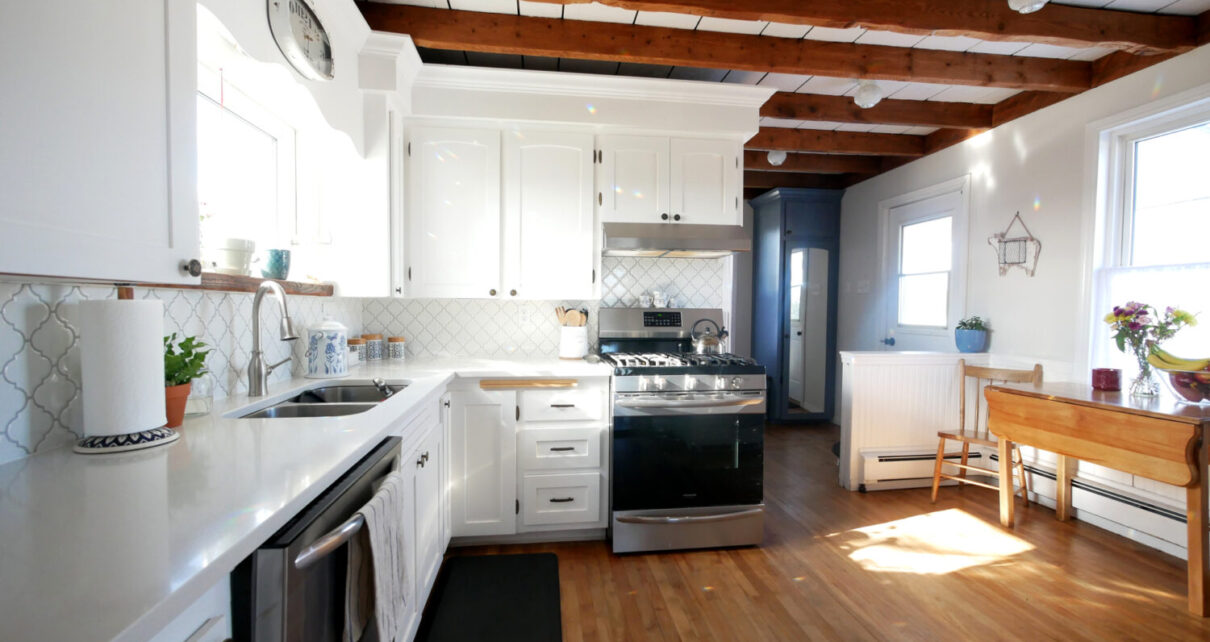Introduction
It is the responsibility of the landlord to decide what charges tenants will make to contribute to the cost of maintenance, improvements, and other costs related to their rental – frequently in the form of a move-in fee. Although move-in fees are comparable to security deposits for rentals, both tenants and landlords must treat them differently. In this article, Mark Roemer Oakland will go over all you need to know about move-in fees, including their cost and any restrictions that landlords should be aware of.
What Exactly Is a Move-In Fee?
The landlord or property owner typically repaints the space and makes any necessary repairs or improvements when a tenant vacates so that it looks its best when you move in. A move-in fee can assist the landlord in defraying the expense of that changeover. The security deposit is used by the landlord to cover any damages a renter causes.
It is acceptable for landlords to demand a move-in fee in addition to a security deposit. In reality, a landlord will almost certainly charge a move-in fee in order to compensate for maintenance if you’re planning to rent in a state where security deposits are strictly controlled.
However, if the landlord imposes a substantial move-in fee, they might go for extended periods of time without a renter. Therefore, landlords make an effort to keep the amount of the move-in fee fair.
What Is the Cost of a Move-In Fee?
Depending on where the rental property is located, the move-in fee might range from 20% to 50% of the monthly rent. It’s vital to check your local landlord-tenant regulations to make sure a landlord isn’t overcharging, as certain states do have restrictions on how much landlords can impose on move-in costs.
What Is Covered in a Move-In Fee?
Small improvements that your property manager desires to make to your flat are covered by the move-in fee. These improvements can raise the rental’s value, and you will gain from them as well. Your apartment’s locks may need to be changed, security systems may need to be updated, appliances or fixtures may need to be improved, and flooring or carpeting may need to be polished or replaced. You can always ask your landlord if you have any questions about what happens to your move-in deposit.
Is it Possible to Negotiate Move-In Fees?
Move-in costs are typically negotiable because most landlords don’t have them set in stone. If a tenant learns that the move-in fee exceeds the cap set forth in local landlord-tenant legislation or is greater than other local rents, they may use this information to negotiate for a lower price. Since the move-in fee is meant to help cover expenses related to managing the rental, it’s crucial to remember that not all landlords will be prepared to reduce it.
Conclusion
Mark Roemer Oaklandsaid that move-in fees are just one of several expenses you may have to pay when moving into a new apartment. They are non-refundable. However, they can help you make improvements to the flat you live in. The number of payments you’ll have to make should be kept in mind when you start your apartment search.





